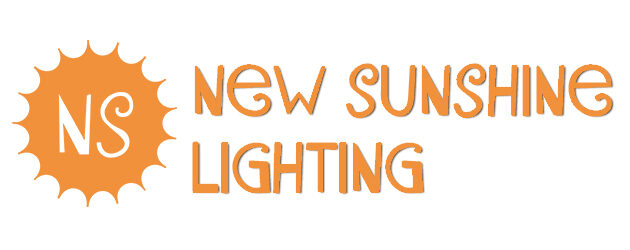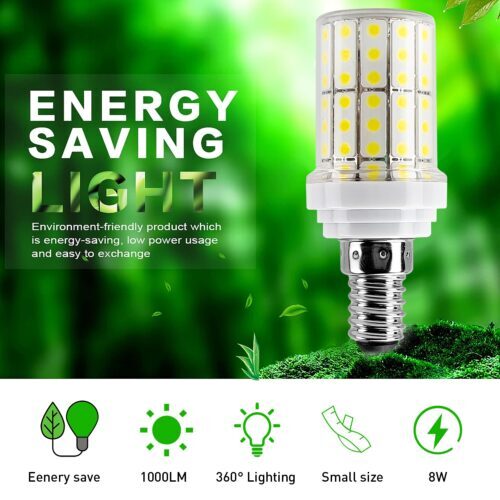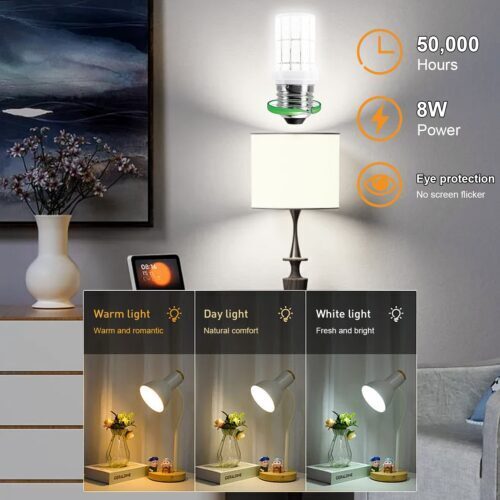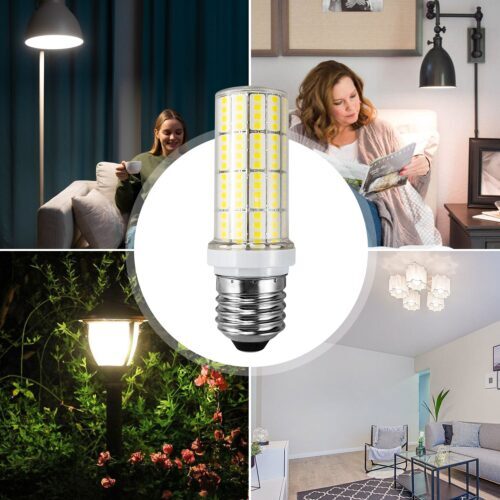①New green environmental protection light source:
LED lights/LED cold light source, small glare, no radiation, no harmful substances in use.
The LED lamp has a low working voltage, is driven by DC, and has ultra-low power consumption .
Under the same lighting effect, the electro-optical power conversion is close to 100%.
which is more than 80% energy efficient than traditional light sources.
LED lights/LED ring has better environmental benefits.
No UV and IR in the spectrum, waste is recyclable, pollution-free, mercury-free, and safe to touch.
It is a typical green lighting source.
LED lights
②Long service life: LEDs have the advantages of solid cold light source, epoxy resin packaging.
anti-vibration, no loose parts of the lamp body, no luminous inflammability, thermal deposition.
light attenuation and other shortcomings, and the service life can reach 60,000 to 100,000 hours.
The service life of the light source is more than 10 times.
The LED performance is stable and can work normally in the environment at -30~+50°C.
③Multi-transformation: Under the control of computer technology, the light source can use the principle of red.
green, and blue three primary colors, so that the three colors have 256 grayscales and can be mixed at will.
resulting in 256 grayscales X256X256 colors (ie 1677216) , forming a combination of different light colors.
The light color of the LED combination is varied, realizing a variety of dynamic changing effects and various images.
LED lights:
④High-tech: Compared with the luminous effect of traditional light source.
LED light source is a successful fusion of computer technology, network communication technology, image processing technology and embedded control technology.
The size of the chip used in the LED lamp is 0.25mmX0.25nm, and the size of the LED for lighting is generally 1.0mmX1.0mm or more.
LED tabletop structure, inverted pyramid structure and flip-chip design can improve its luminous efficiency, thus producing more light.
Innovations in LED package design include high-conductivity metal block bases, flip-chip designs, and bare-disk cast leadframes.
These methods allow the design of high-power, low-thermal-resistance devices that have higher illuminance than traditional LED products.



